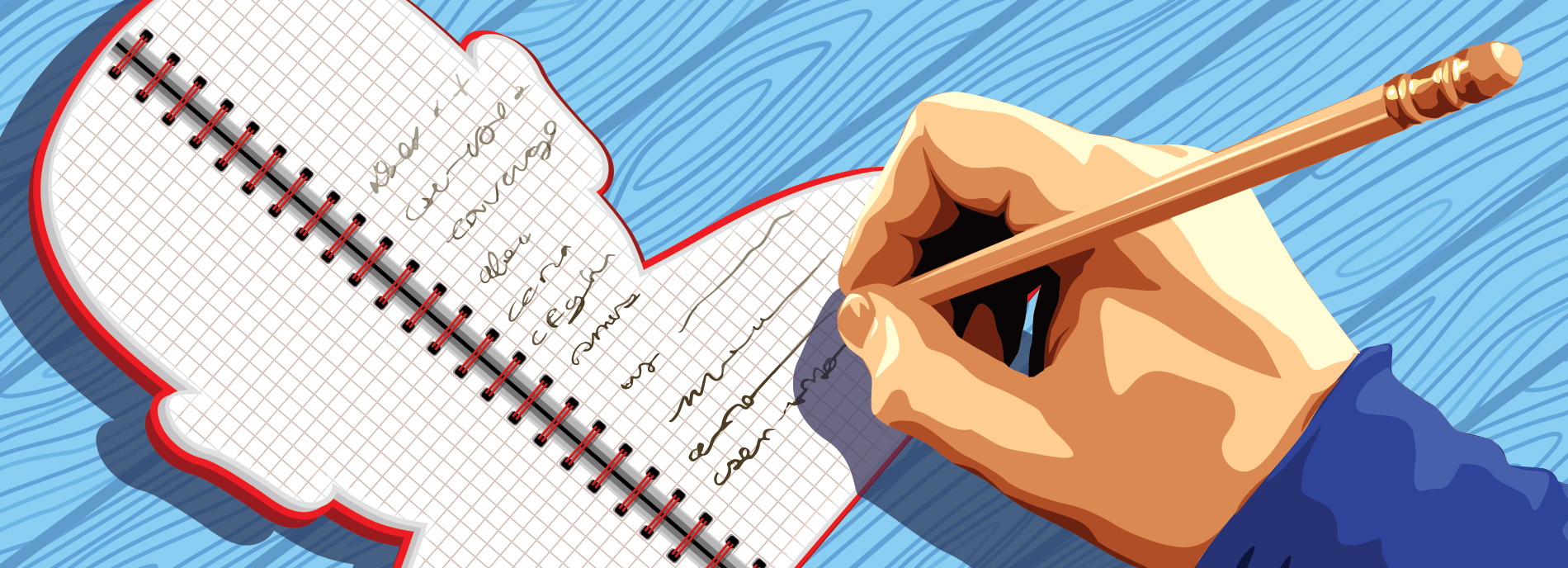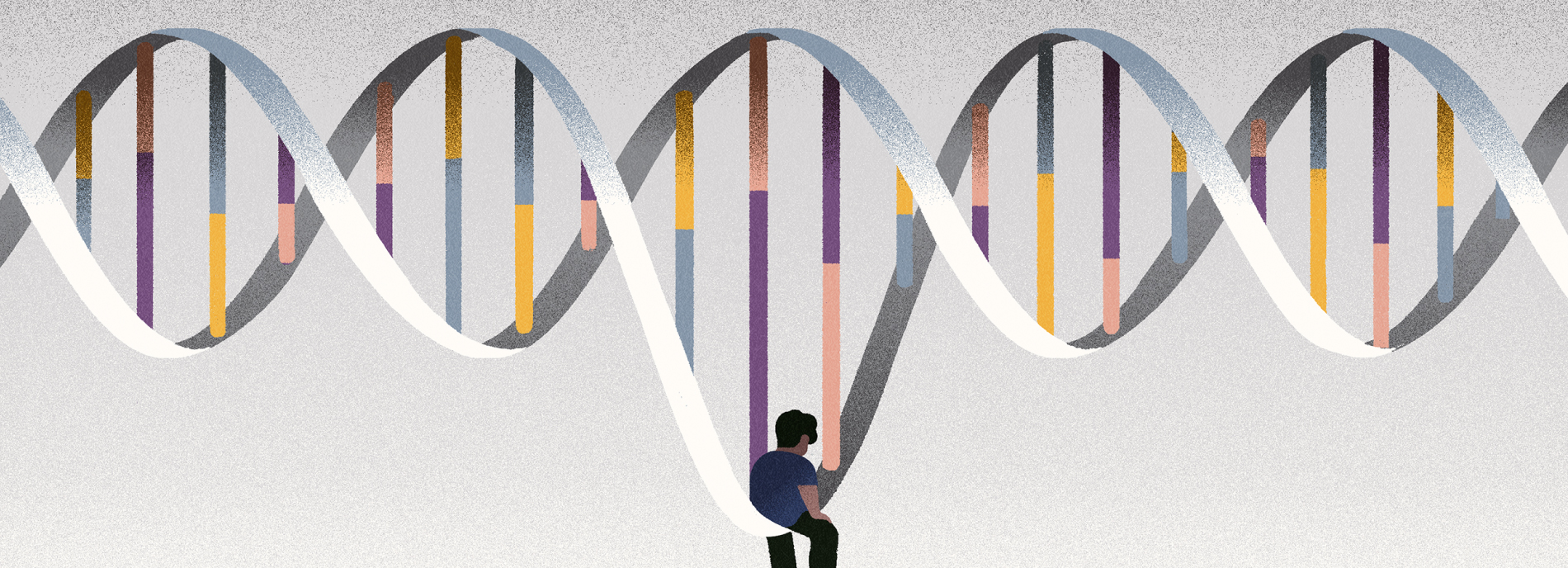Carrie Arnold is a Virginia-based freelance science journalist who covers many aspects of the living world. She’s a contributing editor at NOVA Next, and has also written for Mosaic, National Geographic, Aeon, Nautilus, Scientific American and Women’s Health. She is also the author of “Decoding Anorexia: How Breakthroughs in Science Offer Hope for Eating Disorders.”
Carrie Arnold
From this contributor
Weighing up autism’s obesity crisis
Autism’s underlying biology, associated behaviors and treatments can all put people on the spectrum at serious risk for obesity.
Rare form of autism shows unique pattern of regression
More than 40 percent of children with Phelan-McDermid syndrome lose skills they once had, beginning, on average, at age 6.

Rare form of autism shows unique pattern of regression
The innovators: How families launch their own autism studies
Some parents are starting ‘N-of-1’ studies for autism, but their efforts don’t always get taken seriously.

The innovators: How families launch their own autism studies
The invisible link between autism and anorexia
Autism and anorexia may seem to have nothing in common, but below the surface, the two conditions are startlingly similar—and sometimes affect the same person.

The invisible link between autism and anorexia
Explore more from The Transmitter
Snoozing dragons stir up ancient evidence of sleep’s dual nature
Deep-sleep cycling between brain waves of higher and lower amplitude dates far back on the evolutionary tree, according to a new comparative study of mammals and reptiles.
Snoozing dragons stir up ancient evidence of sleep’s dual nature
Deep-sleep cycling between brain waves of higher and lower amplitude dates far back on the evolutionary tree, according to a new comparative study of mammals and reptiles.
The Transmitter’s most-read neuroscience book excerpts of 2025
Books by Nachum Ulanovsky, Nicole Rust, and Andrew Iwaniuk and Georg Striedter made the list of some of the year's most engaging neuroscience titles.

The Transmitter’s most-read neuroscience book excerpts of 2025
Books by Nachum Ulanovsky, Nicole Rust, and Andrew Iwaniuk and Georg Striedter made the list of some of the year's most engaging neuroscience titles.
Neuroscience’s leaders, legacies and rising stars of 2025
Here are seven stories from the past year about some of the field’s most engaging figures.

Neuroscience’s leaders, legacies and rising stars of 2025
Here are seven stories from the past year about some of the field’s most engaging figures.
